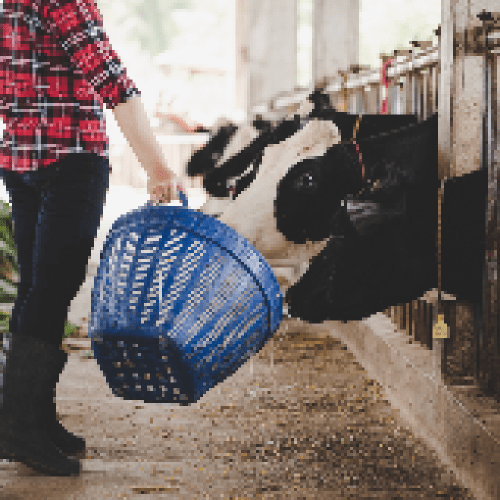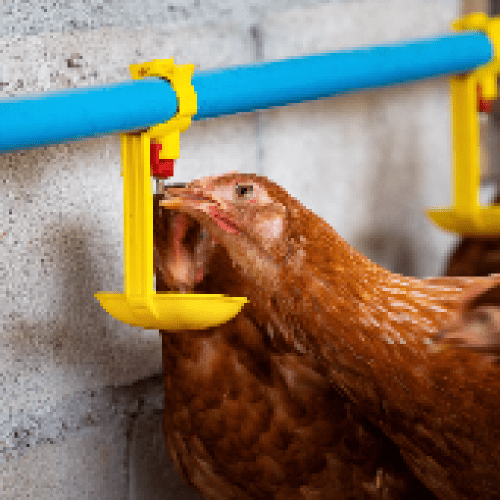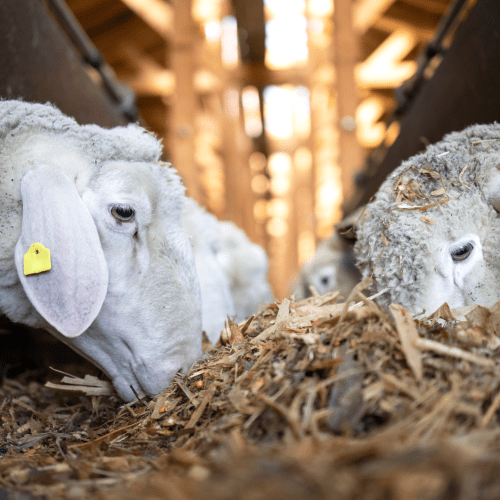2025 Report on the Export Development of China's Animal Husbandry Feeding and Management Industry: Market Expansion, Technological Upgrade and Policy Empowerment
I. Export Market Expansion: Southeast Asia and "the Belt and Road" Countries as Core Directions
The saturation of China's domestic animal husbandry market and intensified competition have driven enterprises to accelerate their "going global" efforts, with Southeast Asia and "the Belt and Road" countries becoming key regions for layout.
In Southeast Asia, the urgent demand for aquaculture upgrading in developing countries has made this region a hot spot for enterprises to expand overseas. Muyuan Co., Ltd. not only exported standardized pig farm designs to Vietnam but also established "Vietnam Muyuan Co., Ltd." in Ho Chi Minh City to realize localized operation. Haid Group and New Hope Group have also built factories in Southeast Asia, shifting from single product export to the full-chain implementation.
The "the Belt and Road" countries and SCO (Shanghai Cooperation Organization) member states boast even greater market potential. Animal husbandry equipment enterprises in Qingdao, Shandong Province, such as Damuren and Tianrui, focus on exporting intelligent equipment and smart aquaculture solutions. At the VIV Asia 2025 Thailand Animal Husbandry Exhibition in March 2025, Chinese enterprises attracted a large number of potential customers. In 2024, Damuren's exports to this region surged by 103% year-on-year, and export business accounted for more than one-third of the company's total annual business volume, highlighting the market recognition.
II. Export Products and Technologies: Upgrade from "Selling Products" to "Exporting Solutions"
Chinese animal husbandry enterprises have achieved a key transformation in their export mode, shifting from traditional product export to technology and solution export. After the practice of preventing and controlling African swine fever, domestic enterprises have built a sound disease prevention and control system and formed advantages in aquaculture technology and management experience. In response to the needs of countries like Vietnam, they can provide full-process solutions covering pig farm design, biosafety prevention and control, and environmental protection treatment, while supporting with technical services. This promotes the transformation of the "going to Southeast Asia" model from hardware export to technology empowerment, and enhances the added value of exports.
III. Policy Support: Local Governments Jointly Build an Export Service System
Local governments have provided strong support for enterprises' export through platform construction and resource integration. Taking Qingdao SCO Demonstration Zone as an example, on the one hand, it has established an intelligent livestock and poultry breeding industry alliance and relied on exhibitions such as the SCO Expo to promote the intensive "going global" of the industrial chain. On the other hand, it has launched a variety of supporting measures: the SCO International Capital Port has set up a special trade fund pool to meet the capital needs of enterprises; the SCO Economic and Trade Comprehensive Service Platform has reduced the handling fee rate for enterprises' export; and the hub port has been approved as a pilot for the land-bound departure port tax refund policy to accelerate the capital turnover of enterprises, thus reducing the export costs in an all-round way.
IV. International Demand: Global Meat Shortage Opens Up Market Space
The global population growth and consumption upgrading have driven the rise in demand for meat, providing a broad space for China's animal husbandry export. It is estimated that the global demand for meat will increase by 25% in 2025, with Asia accounting for more than 60%. The EU's meat imports reached 13 million tons in 2024, and the annual growth rate of its demand for Chinese products remained at about 5%. The annual meat consumption in East Asia is 210 million tons, and the demand for organic pork increased by 15% from 2023 to 2024. Although Africa's animal husbandry industry has a yearly growth rate of 6.5%, the meat shortage in the region still reached 8 million tons in 2024. The demand gap and consumption upgrading trend in various regions have created favorable conditions for the export of China's animal husbandry feeding and management products and services.
 |
 |
 |






